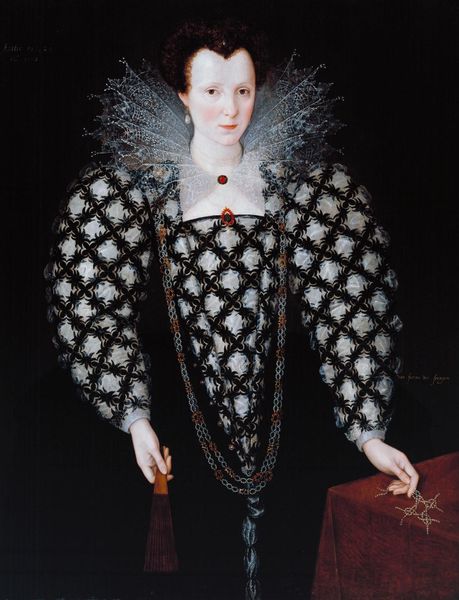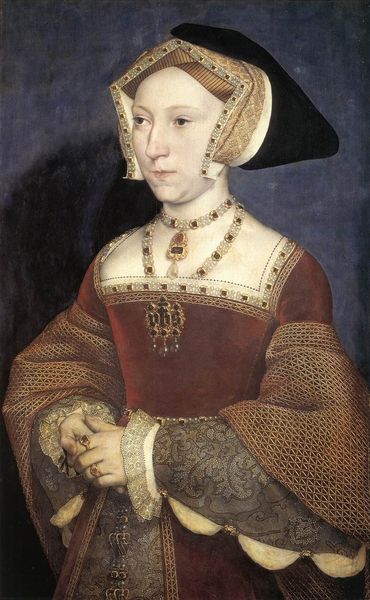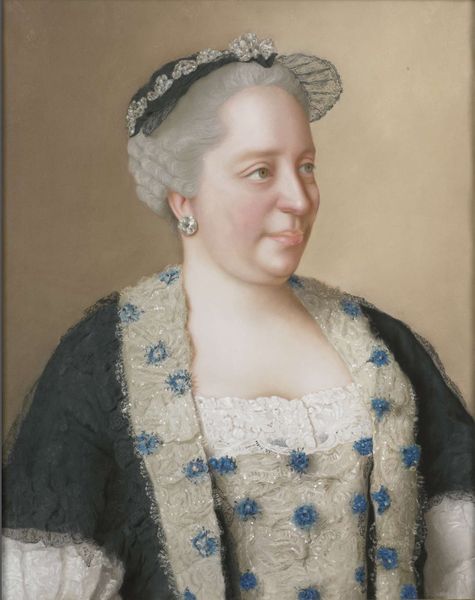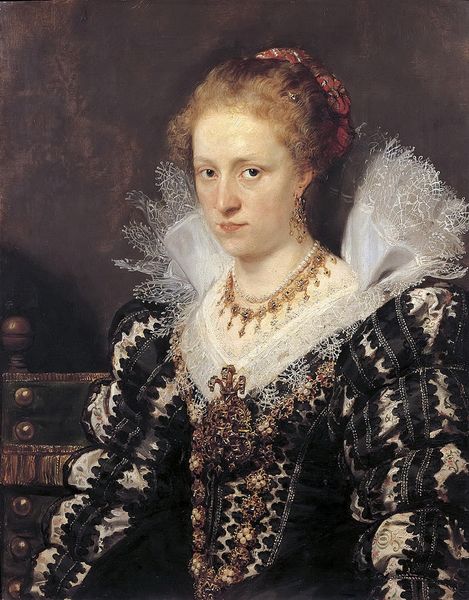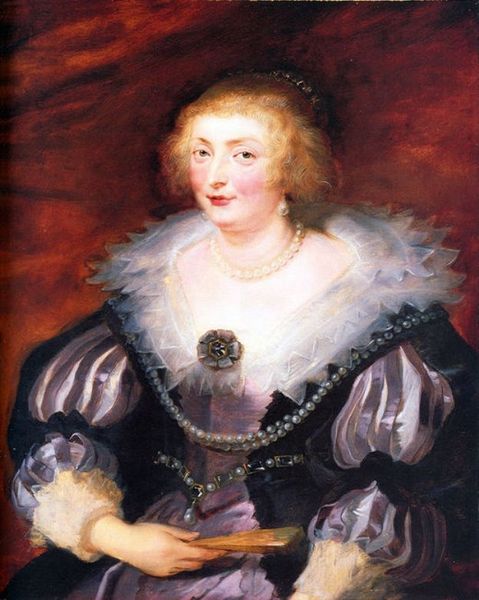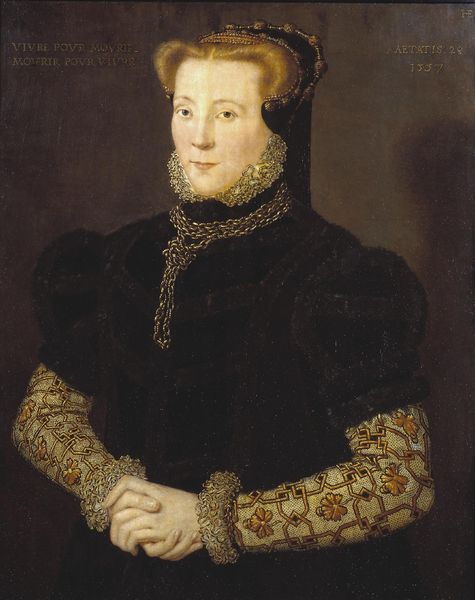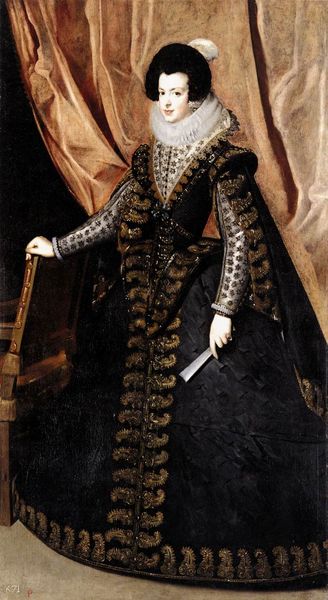
painting, oil-paint
#
portrait
#
painting
#
oil-paint
#
mannerism
#
genre-painting
#
history-painting
#
academic-art
#
italian-renaissance
#
portrait art
Dimensions: overall: 113.5 × 87.5 cm (44 11/16 × 34 7/16 in.) framed: 149.54 × 126.68 × 8.89 cm (58 7/8 × 49 7/8 × 3 1/2 in.)
Copyright: National Gallery of Art: CC0 1.0
Editor: This is Lavinia Fontana's portrait of *Lucia Bonasoni Garzoni,* created around 1590. It’s an oil painting. I’m struck by how the details in her clothing really command attention; you can almost feel the weight and texture of the fabrics. What can you tell us about this work? Curator: Absolutely. Looking at this piece through a materialist lens, the portrait serves as a powerful document of late 16th-century Bolognese society. Consider the intense detail lavished upon her garments—the luxurious fabrics, the intricate goldwork, and the delicate lace. These aren’t simply aesthetic choices. They speak to a complex system of production, trade, and consumption. Editor: So, the materials themselves tell a story? Curator: Precisely! The sheer volume and quality of fabric represent a significant investment, demonstrating not only wealth but also a sophisticated understanding of the textile industry. Moreover, the artist, Lavinia Fontana, as a successful woman in a male-dominated field, challenges the traditional hierarchies of labor in the art world. She navigates a system where materials and status are intricately linked, both reflecting and subverting social norms. What do you think her access to such rich fabrics implies about the social circles she navigated? Editor: I hadn’t thought about the artist's own social context! It really reframes how I see the artwork itself, not just as a portrait but as a record of material culture and female agency. Curator: Indeed. Consider also how the global trade routes enabled access to pigments for oil paints and materials like fine linen for canvas. Examining such details reveals broader networks of economic and social exchange that shaped both the subject and the maker of this artwork. By carefully unpacking the tangible elements of the portrait, we can unveil a fascinating narrative about labor, value, and the complexities of Renaissance society.
Comments
No comments
Be the first to comment and join the conversation on the ultimate creative platform.
